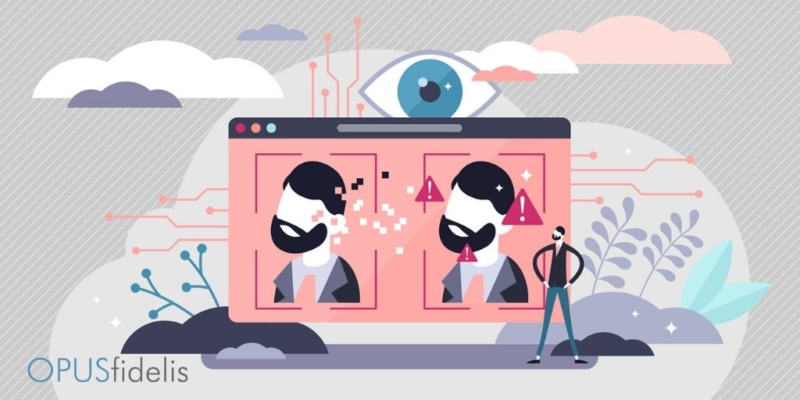As more social media apps acquire the technology, deepfakes seem destined for more commonplace usage. The real question is whether this is a cause for concern or relief. For the unfamiliar, deepfakes allow a user to realistically overlay their face onto another face or object in other recorded footage. Below, you can see how the Chinese editing app ZAO lets users put their own face into popular film scenes.
https://twitter.com/AllanXia/status/1168049059413643265
Recent moves by social media giants Snapchat and TikTok suggest that they will be adapting deepfake technology for further mainstream usage in the year ahead. Snapchat started off 2020 by acquiring AI Factory, a computer vision company that helped Snapchat develop its Cameos feature, which relies on deepfake technology. TikTok is also moving deepfakes-ward, according to TechCrunch:
TikTok parent company ByteDance… has developed an unreleased feature using life-like deepfakes technology that the app’s code refers to as Face Swap. Code in both TikTok and its Chinese sister app Douyin asks users to take a multi-angle biometric scan of their face, then choose from a selection of videos they want to add their face to and share.
But wait…
Deepfakes have been a major cause of concern due to risk of spreading misinformation and privacy dangers. Sometimes the technology works so well that doctored videos look real – causing much confusion amongst unaware viewers. Additionally, users utilizing deepfake technology with their own faces are just handing big companies highly sensitive biometric data, similar to facial recognition data used on iPhones.
A cause for optimism
Earlier this year, Snapchat released a water-downed deepfakes feature called Cameos, allowing users to insert their face into clips from a library of existing footage – such as from popular gifs and other fun animations. Cameo, however, has a generally cartoonish feel, without any palpable danger of fooling unaware viewers.

Source: TechCrunch
Is the future of deepfakes inherently dangerous, or will the trend of “mainstreaming” the technology further facilitate more purely entertaining – rather than concerning – usage? Only time will tell.


